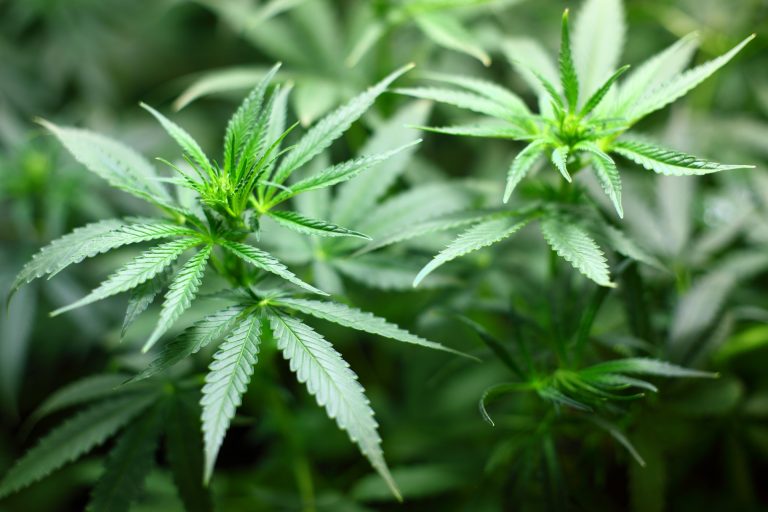A new study by the National Institutes of Health (NIH) claims that the use of marijuana increases the risk of suicide among its users. The study, published on June 22 in the Journal of the American Medical Association (JAMA), was conducted by the National Institute of Drug Abuse (NIDA), part of the NIH.
The authors studied the impact of cannabis and cannabis use disorder (CUD) on suicidality among young adults with or without depression and by sex. Data was analyzed from 281,650 adults in the 18 to 24 age group who had participated in the National Survey on Drug Use and Health (NSDUH). Data collection occurred over a 10-year period, from Jan. 1, 2008 to Dec. 31, 2019.
Suicide planning among men with depression who used marijuana on a daily basis rose from 14.9 to 21.9 percent during the time period. For men who used marijuana on a non-daily basis, suicide planning rose from 10.3 to 17 percent. For women, suicide planning rose from 14.5 to 26.8 percent among those who used marijuana daily, and from 12 percent to 17.5 percent for non-daily users.
When looking at past-year suicidal ideation, plan, and attempt in both sexes, there was a 52 percent higher prevalence observed among women (23.7 percent) than men (15.6 percent). In individuals without any major depressive episodes, suicidal ideation among those with versus without cannabis use disorder (CUD) was 13.9 percent versus 3.5 percent among women. In men, the numbers were 9.9 percent versus 3 percent.
“The results of this survey study indicate that CUD, daily cannabis use, and even nondaily cannabis use are associated with the risks of suicidal ideation, plan, and attempt in both young adult men and women, but significantly more so in women than men,” the study stated.
Success
You are now signed up for our newsletter
Success
Check your email to complete sign up
According to data from the NIH, the number of cannabis users in America doubled from 22.6 million to 45 million between 2008 and 2019. The number of near-daily or daily users of cannabis almost tripled from 3.6 million to 9.8 million.
During this period, the number of adults reporting depression or suicidal ideation also rose. Dr. Beth Han, lead author of the study, stated that the research could offer important information on how to reduce suicide risk among young adults in the United States.
“Depression and cannabis use disorder are treatable conditions, and cannabis use can be modified. Through better understanding the associations of different risk factors for suicidality, we hope to offer new targets for prevention and intervention in individuals that we know may be at high risk. These findings also underscore the importance of tailoring interventions in a way that take sex and gender into account,” Han said in a statement.
Legalizing cannabis
In an interview with Politico in April, Senate Majority Leader Democrat Chuck Schumer stated that he and other Democrats in the Senate are planning to take aggressive actions to loosen federal restrictions on marijuana even if President Joe Biden is not particularly supportive. Biden did not endorse legalizing marijuana during his presidential campaign.
“The legalization of states worked out remarkably well… They were a great success. The parade of horribles never came about, and people got more freedom,” Schumer said to Politico. Over 40 percent of Americans currently live in states that have enacted marijuana legalization.
In an interview with The Epoch Times in October 2020, Dr. Karen Randall, an emergency room doctor in Pueblo, Colorado, called her experience with patients suffering from cannabinoid hyperemesis “a horror movie.” Cannabinoid hyperemesis, caused by the chronic use of cannabis, can involve screaming and uncontrollable vomiting. Colorado legalized marijuana for retail sale in 2014.
After legalization, Randall has seen an increase, not just in the use of marijuana, but also in other drugs. “If you pump a community full of drugs, you’re going to have to expect everything that’s associated with them. You’re going to have to expect the crime, addiction… We’re the canary in the coal mine. Our kids are failing, our kids are using drugs more. I can’t find health care for them. I can’t find rehab, I can’t find places to put the kids in foster care,” Randall said.
















